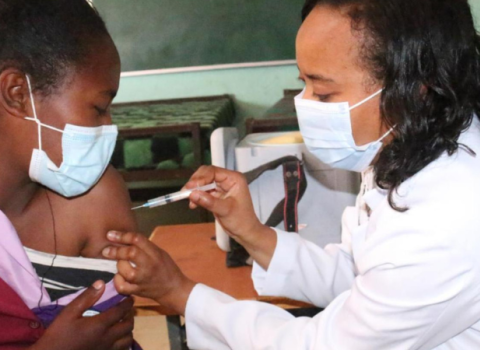Licensing opportunity
Scientists at the University of Basel have developed a Dual-Recombinase Mediated Cassette Exchange that they claim is a highly efficient tool for manipulating the mouse genome to generate models of human disease.
Gene targeting by homologous recombination (HR) in mouse embryonic stem (mES) cells is the current standard tool for generating knockout mice for studying the function of mammalian genes.
While the technology underlying gene targeting has progressed enormously, targeting frequencies by HR have remained rather low for many genes, in the order of 1 per cent, making the generation of knockouts time-consuming and costly.
Recombinase Mediated Cassette Exchange (RMCE) is an alternative to HR-mediated retargeting of specific loci, resulting in significant improvements, with retargeting frequencies rising to 10-30 per cent. However RMCE depends on HR-mediated prior insertion of heterotypic recombinase-target sites into the gene of interest.
Since very few conditional alleles have been engineered to use heterotypic recombination sites, the vast majority of conditionally targeted genes are incompatible with RMCE. In these cases, HR-mediated retargeting remains the only option for further engineering of the mouse loci.
The invention of Dual-RMCE circumvents the need for HR-mediated engineering of the vast majority of mouse conditional alleles, making it possible to use the thousands of existing mouse conditional alleles as templates for highly efficient and cost-effective further engineering by dual-RMCE.
In addition to the obvious cost reductions, dual-RMCE raises the targeting frequency by up to 70-fold in comparison to HR. A variety of dual-RMCE plasmid tool-kit can be developed, which allow users with limited experience and/or funds to easily engineer their genes of interest. Dual-RMCE can be immediately applied to re-engineering of over 4,200 mouse conditional alleles, which may trigger various commercial applications.
Dual-RMCE engineered cells can be used in tissue culture assays and to generate genetically altered mouse strains. Applications include high-throughput generation of mouse models for human disease-causing mutations in a particular gene, directed tagging of endogenous gene products (epitope/fluorescent tags), insertion of single/multiple point mutations for in vivo protein structure/function analysis, integration of human genes for drug-screening assays or unrelated genes, such as recombinases, reporters and toxins into model mice.





 A unique international forum for public research organisations and companies to connect their external engagement with strategic interests around their R&D system.
A unique international forum for public research organisations and companies to connect their external engagement with strategic interests around their R&D system.